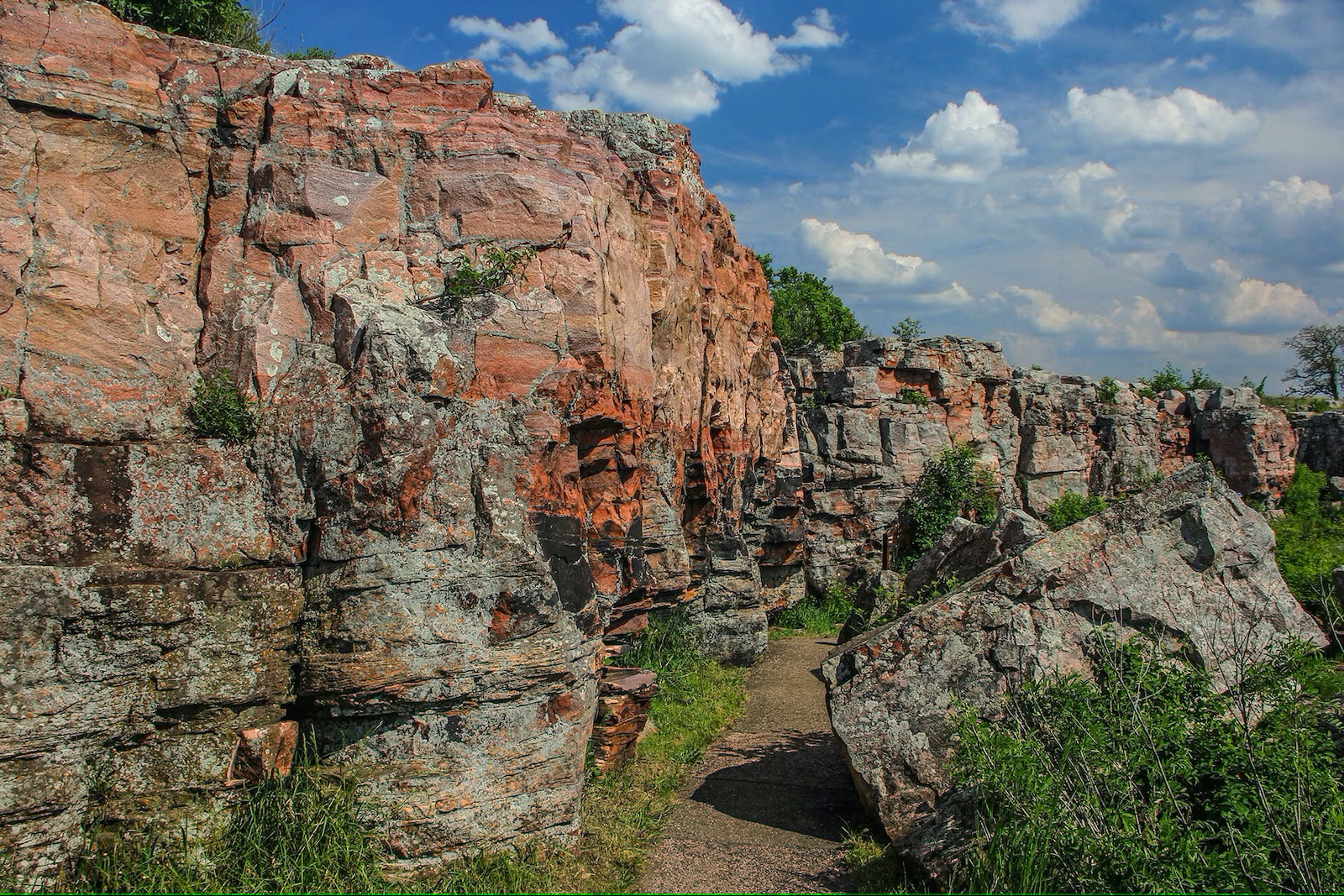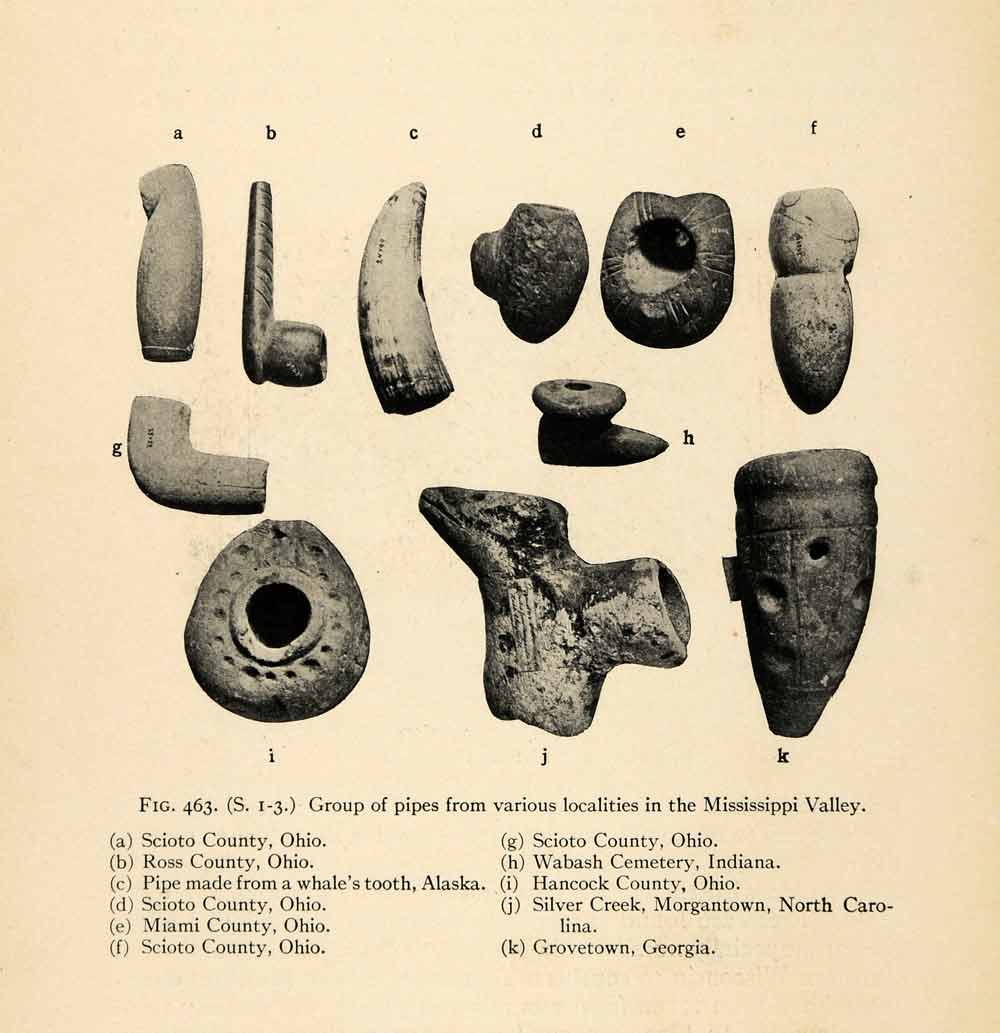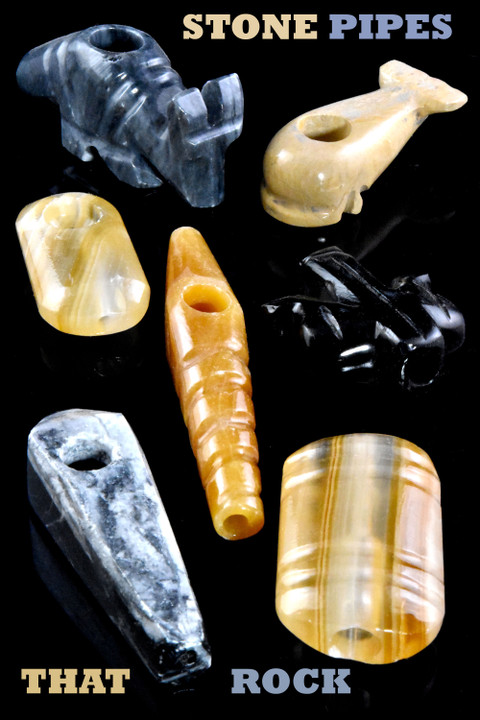Rock Out with Wholesale Stone Pipes
It’s no secret that smoking pipes have existed for hundreds of thousands of years and that their rich history is as integral to smoking now as it was then. Of course, the oldest pipes were used primarily for tobacco - or at least evidence suggests that tobacco was abundant in the Americas, not only being fossilized near remains and found in the systems of those remains. Smoking also held a more ritualistic and ceremonial value to people of olden and ancient times, the significance primarily serving political or religious purposes such as connecting with a god who, “revealed himself in the rising smoke” (I’ll have what they’re having, am I right?). As such, ancient people used what was readily available to them at the time to craft those pipes. Enter: stone.

(Credit: National Park Foundation)
While wholesale wood pipes were another popular material for hand pipes, stone, even the soft stone many of the natives carved into pipes, was and still is, a more robust and durable material than wood. It is also more hardy against droppage and appears more ornate than carved wood pipes that are more susceptible to damage such as rotting and chipping. Pipestone National Monument houses the soft pipestone used for, you guessed it, pipes and the harder quartzite that Natives, specifically Plains tribes, used for forming those sacred pipes. The process hasn’t changed much, but the tools used have become more sophisticated from sharpened stone. Nowadays, saws are used to cut away excess stone, round the edges and drills are used to form the hole in the bowl, rather than using harder stone to form the pipe and a sharpened stick in conjunction with sand and water to form the hole in the bowl.

(Hopewell Culture Raven Effigy Pipe, Credit: National Park Service, Hopewell Culture National Historic Park)
The process isn’t the only thing that has changed, however. Many stone pipes, in the western world at least, are now manufactured in Mexico and are made of much harder stones like onyx, making them even more resilient to damage. As a result of capitalistic times and mass production of products, bulk stone pipes are less detailed, but are still available in a variety of unique sizes, shapes and colors. Outside of the standard shapes and typical 4” size, pipes are commonly carved to resemble different animals. More elaborate wholesale stone pipes fetch a pretty penny and aren’t vastly reproduced due to the amount of time it takes to fabricate each one.

So now that we know some fun historical facts about wholesale stone pipes and some of the ways they are manufactured, how does smoking from one really compare to their glass counterparts? For all intents and purposes, smoking from a stone pipe is similar to a glass pipe. In many cases, stone pipes have carbs like glass pipes do, so they function the same, but may deliver a harsher hit than glass pipes depending on their size. Smaller pipes have less space for the heat to dissipate before reaching the smoker’s lungs so that heat is instead delivered directly to the lungs with no buffer. User anecdotes state that stone gets hot at a slower rate than glass but that glass is easier to clean. Additionally, glass pipes generally have larger bowls than stone pipes, but the most noticeable difference to smokers is still the durability. Others mention stone pipes can be less artistic than glass, but like many things, that’s dependent on budget and comes down to preference.
So what is your preference? Stone or glass? Prefer to ditch conventional choices and opt for silicone or wood (also rather conventional choices)? Which of the many wholesale pipes will you decide to add to your shop’s collection? There are plenty of options so get to browsing our selection here.
Explore Popular Articles
A New Day, A New Dab: The Dawn of the Daybreak Peak Pro 3DXL
Just in time for the heat of summer, Puffco has released one of their most attractive colorways yet:...
Ease Your High, Not Your Style: High-Not's Plant-Based Solution
Have you ever been one toke over the line? Have you ever eaten just a little bit more of that browni...
King of the Wrap Game: Why King Palm Reigns Supreme
Established in 2016, King Palm has been around for almost a decade yet drew inspiration from smoking...
The American Pipe Dream: Wholesale Smoking Accessories Made in the USA
Though tariffs have cooled down from what they were only a month ago, consumers remain unsure about...
Ooze the Boss? The Brand Dominating the Vape Game
Made for smoking enthusiasts, by smoking enthusiasts, Ooze humbly slid onto the vaporizer scene in 2...
Mocha the Most of the New Puffco Pivot Colorway!
The Puffco Pivot was released just over 5 months ago, yet it continues to go in the same direction:...







